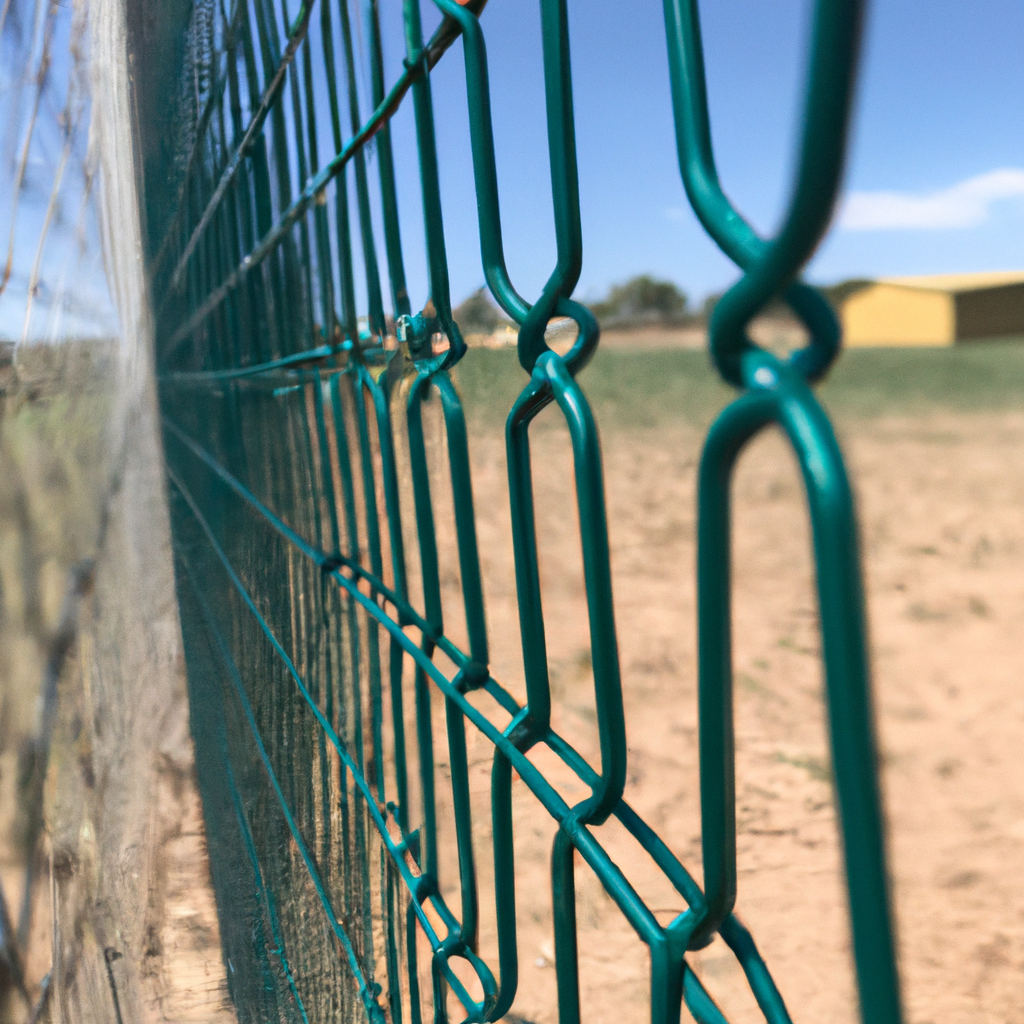Dog Watch Vs Invisible Fence
If you’re considering an invisible fence for your dog, you may have come across the term “dog watch” and wondered what it is. Dog watch is a type of invisible fence that is specifically designed for dogs.
It uses a different type of transmitter and collar than a traditional invisible fence, and it has a few additional features that make it a better choice for dogs. We’ll compare dog watch and traditional invisible fences, so you can decide which is right for your pet.
What is a Dog Watch Fence?
A Dog Watch fence is a type of physical fence that uses an underground wire to create an invisible boundary for your dog. The wire runs around the perimeter of your property, and you can add additional wires to create different areas within the fence (such as a dog run).
A transmitter is connected to the underground wire and sends a radio signal to a receiver collar worn by your dog. If your dog crosses the boundary, the receiver collar will emit a warning beep. If your dog continues past the boundary, it will receive a mild static correction.
What is an Invisible Fence?
An invisible fence is a type of fencing that uses radio waves to create an invisible barrier around a property. The system consists of a transmitter, which is placed in the ground around the perimeter of the property, and a receiver, which is worn by the dog.
When the dog approaches the boundary of the property, the receiver emits a warning tone. If the dog continues to move closer to the boundary, the receiver will deliver a mild shock.
How do Dog Watch and Invisible Fences Work?
There are a few different types of invisible fences, but they all work using the same basic principle. An invisible fence consists of a wire buried underground that emits a radio signal.
When your dog wears a special collar that picks up the radio signal, it will receive a mild shock if they try to cross the boundary of the fence.
A dog watch is a type of invisible fence that is specifically designed to keep dogs safe and secure in their yards. The system includes a transmitter that you bury underground along the perimeter of your property.
The transmitter sends out a radio signal that is picked up by the receiver collar worn by your dog. If your dog tries to cross the boundary of the fence, it will receive a mild shock from the receiver collar.
Invisible fences are an effective way to keep your dog contained within your property without having to build a physical fence. However, it is important to note that invisible fences do not provide 100% protection against all potential dangers.
For example, if another animal crosses the boundary into your yard, your dog could still be at risk. Additionally, if your dog is particularly determined to escape, it may be able to find ways around the invisible fence.
Pros and Cons of Dog Watch and Invisible Fences
There are pros and cons to both dog watches and invisible fences. Here are some things to consider when making a decision:
Dog Watch Pros:
-A physical barrier that will keep your dog contained in your yard
-Can be used as a training tool to teach your dog boundaries
-Provides peace of mind knowing your dog is safe and secure in your yard
Dog Watch Cons:
-Can be expensive, especially if you need to purchase multiple units to cover a large area
-The physical barrier can be an eyesore in your yard
-Your dog may be able to dig under or jump over the fence if it is not installed correctly
Invisible Fence Pros:
-Invisible fences are much less expensive than Dog Watches
-They are also much less obtrusive since they are not a physical barrier in your yard
-Easy to install and can be portable if you move
Invisible Fence Cons:
-If you have a large property, the cost of the fence can be prohibitive
-The installation process can be time-consuming and difficult
-The fence may not be effective in keeping all animals out of your yard – it may only keep small animals away
-If the power goes out, the fence will not work, which could allow your pet to escape
Conclusion
Choosing between either of these fences comes down to you the dog and property owner. You are the one who has to decide which option may work best for you. Take all the pros and cons into consideration as that will help you make the wisest decision for you and your dog.

